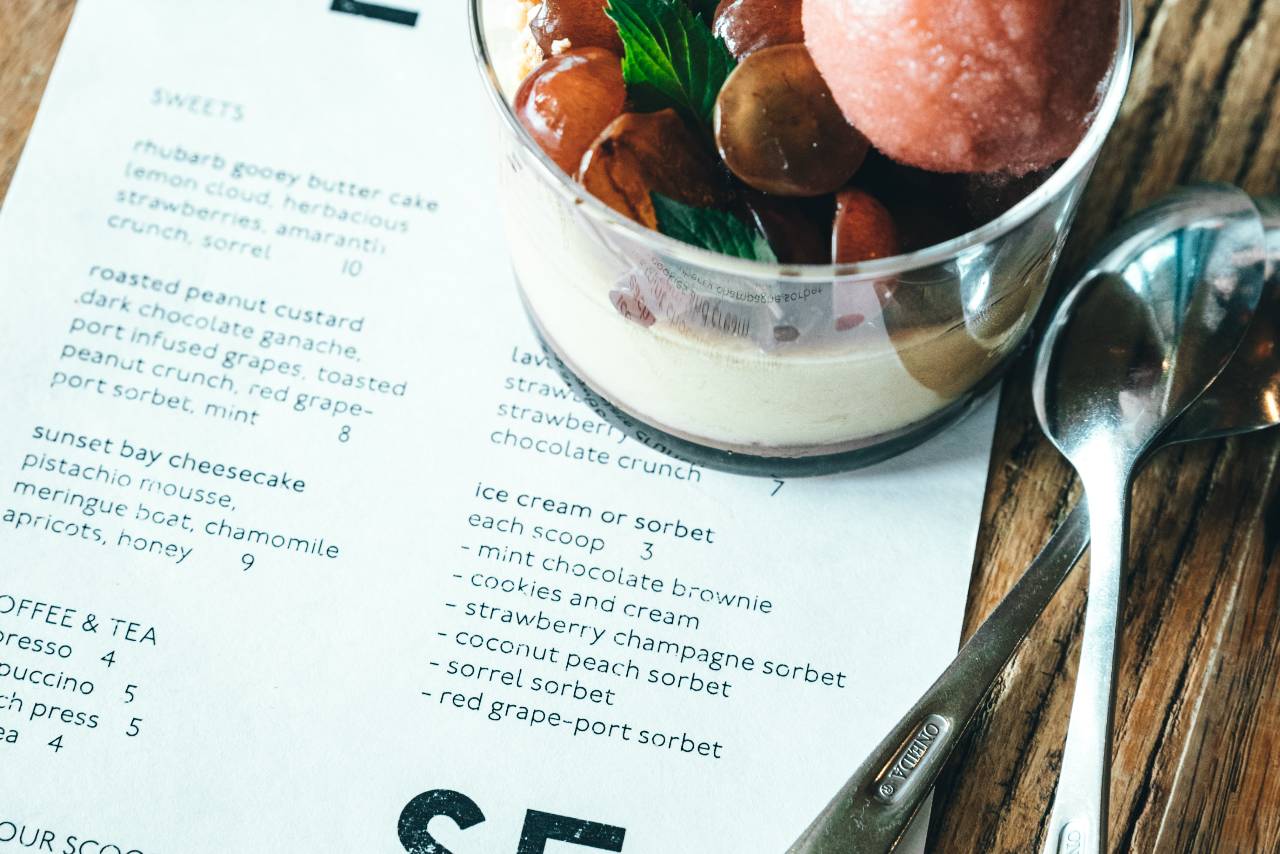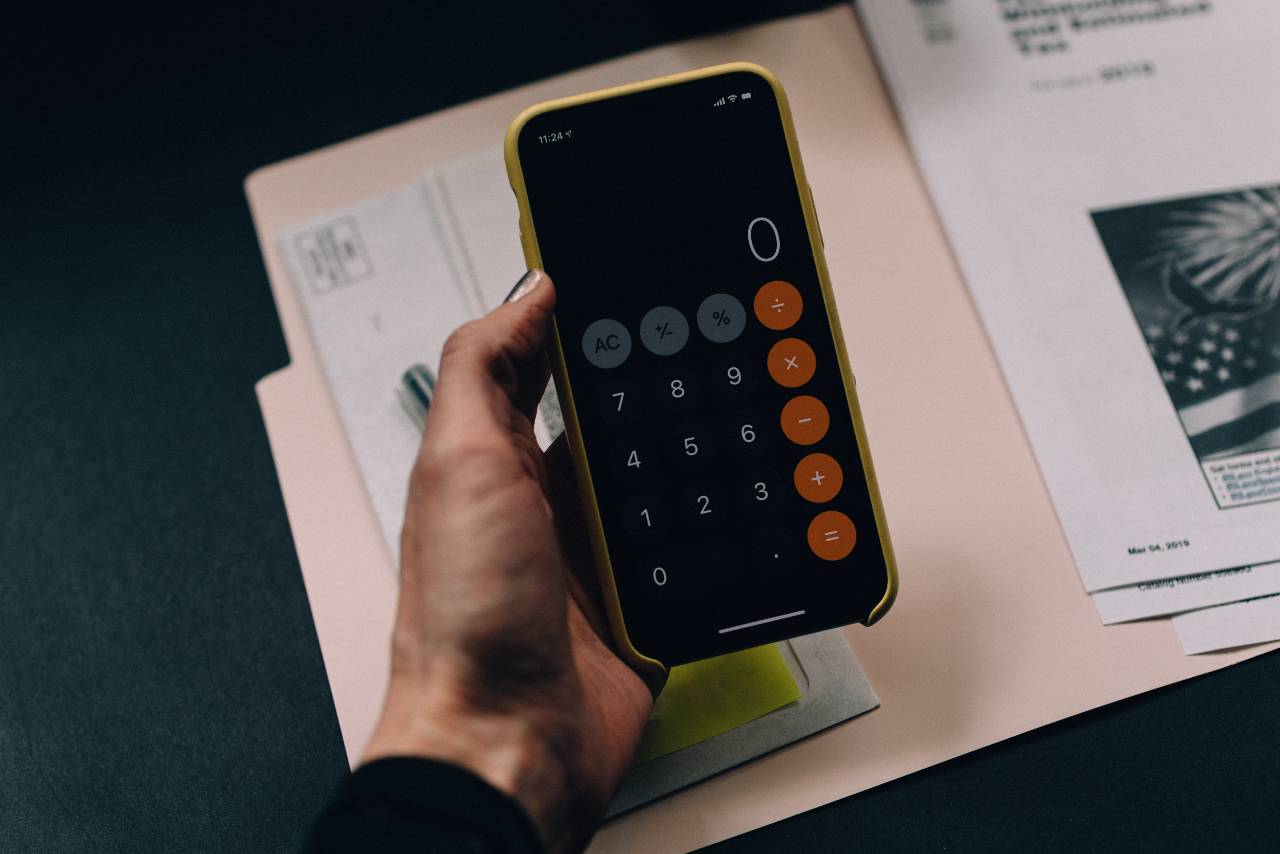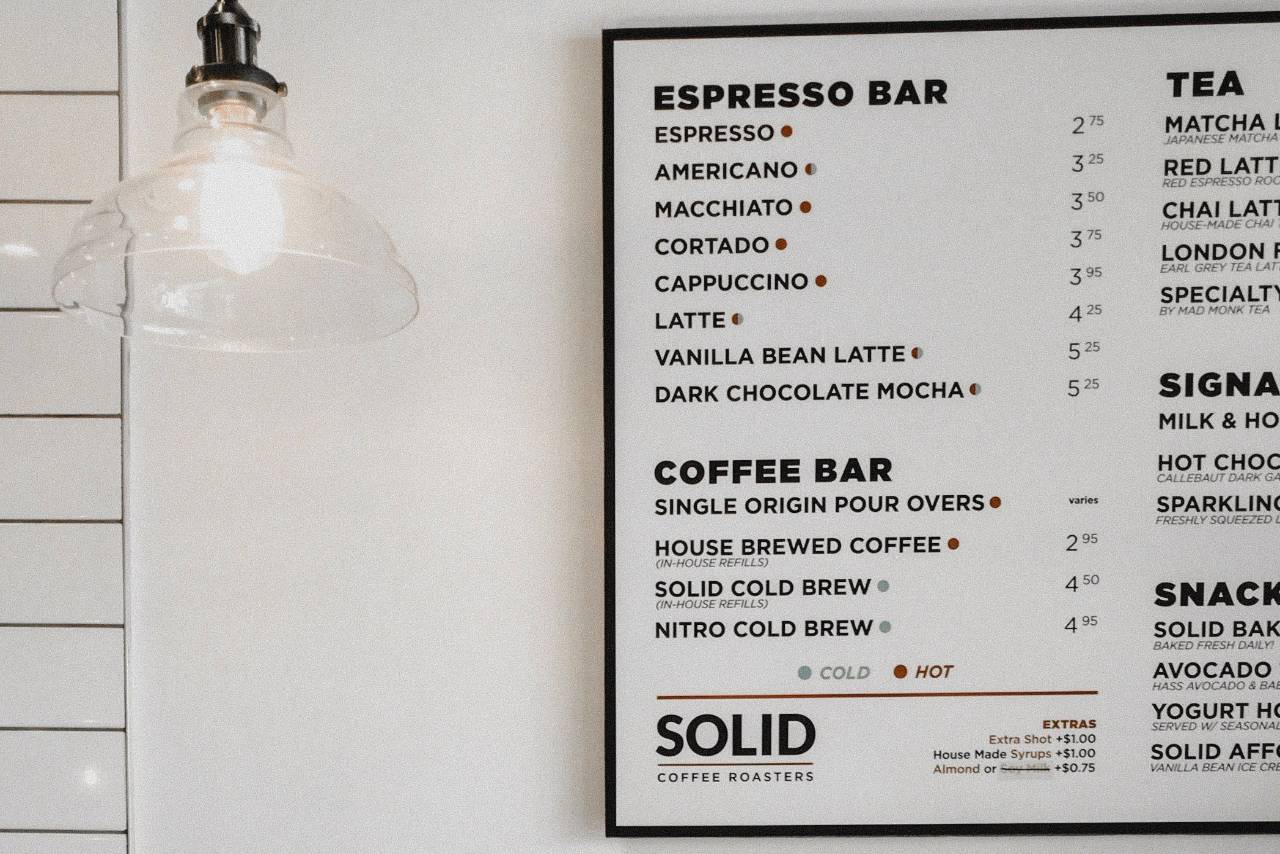Simple Restaurant Menu Pricing Methods to Drive Profits
The science of creating an optimal menu pricing methods will involve calculating prices geared towards driving profits while creating strategically eye-catching designs.

Businesses trying to operate a profitable restaurant have a lot to consider when it comes to creating the menu alone.
Restaurants deciding how to price their menu items must consider all expenditures necessary to make a dish. These considerations should also include the costs of ingredients, gross profits, and consumer demand, in order to stand apart from the competition.
Once all item prices are assigned using a menu pricing method, management then needs to ensure the perfect menu layout, so customers are more inclined to order their high-profit margin dishes.
When all of these elements are successfully executed, restaurants can expect success from a boost in gross sales profit.

Calculating Menu Prices Based on Food Cost Percentage
Whether a restaurant is just creating their menu or working on updating their prices, increasing profit margins, and lowering food costs are vital when pricing menu items. Depending on the type of restaurant, the owner may want to price items based on how much they are spending on raw materials to offset the cost of ingredients.
The following steps help calculate appropriate food item prices based on food cost percentage-
1. Choose the Restaurant's Ideal Food Cost Percentage - Food cost percentage is the amount spent on ingredients, taken from the final sales. On average, a profitable restaurant's food cost percentage is between 25-35%. However, the lower the total food costs, the higher the gross profits.
2. Calculate the Raw Food Cost of the Item - Businesses calculating total food costs and prices need to take into account every ingredient that goes into a dish.
3. Calculate the Price - Once the ideal food cost percentage and raw food costs are determined, entering the figures into the following equation calculates the appropriate price of the dish-
Price = Raw Food Cost / Ideal Food Cost Percentage

Calculating Menu Prices Based on Gross Profit Margin
Restaurants can also price an item by determining their desired gross profit margin. This process allows the establishment to appropriately estimate their bottom line based on percentage pricing by ensuring every sale is contributing to their profit margin goal.
The following steps show how to use this method to price menu items-
1. Determine the Ideal Gross Profit Margin - A restaurant's gross profit margin is the percentage of profit made from sales. If the restaurant has a 50% profit margin on an item, they would make 50 cents per dollar spent on that particular item, while the other 50 cents would supplement production and raw food costs.
2. Calculate Price - After restaurants determine their ideal gross profit margin, the following equation is used to calculate the menu item cost-
Ideal Gross Profit Margin= (Menu Price Raw Food Cost) / Menu Price
For example, if a restaurant's ideal profit margin for an item is 80% and the cost of ingredients is $4, the equation would look as follows-
80%= (Menu price - $4) / Menu Price
Therefore, the final calculation prices for this menu item would be $20.

Menu Pricing Methods
While restaurants tend to profit more from selling items with high gross profit margins and low food cost, other factors should be reviewed when calculating menu items.
When determining the price of a dish, businesses should also consider increasing profits based on the ideal food cost percentage, customer demand, and market prices.
There are several menu pricing strategies, including-
Competition Pricing Method
This pricing method requires restaurants to research their competitors' selling prices to determine their menu costs. Depending on the type of restaurant, the business can choose-
- Equal Pricing to Competitors - This has shown to be the most effective strategy when a restaurant's items are similar.
- Lower Pricing Than Competitors - This method caters to customers looking for a similar, more cost-effective item.
- Higher Pricing Than Competitors - Restaurants can price their items above their competitors if they are higher-end and offer high-quality ingredients.
Demand Pricing Method
Even though matching market prices or offering lower-priced items attract consumers, some businesses can raise their prices based on their unique items and brand.
If a restaurant offers a unique experience that maintains loyal customers and consistently attracts new consumers, they can raise prices based on the demand. This demand is stemmed from the fact that competitors cannot offer the same atmosphere; therefore, consumers are willing to pay higher prices for the experience.

Psychological Tricks to Sell High-Profit Items
According to a Gallup poll, customers only spend about 109 seconds scanning a restaurant's menu. Therefore, businesses need an impactful format to persuade customers to order high-profiting items. There are several formatting and phycological tactics that increase the likelihood of customers ordering the targeted item, including-
- Use Color to Attract Attention - Whether the item is highlighted, circled, or paired with a graphic, attracting the customer's attention is the first step to increasing item popularity. Gregg Rapp, a menu engineer, found that including a high-quality picture next to a food item increased sales by 30%. However, it is essential to avoid overusing imagery, as cluttered menus can overwhelm customers and take the focus off of high-profit items.
- Start and End the Menu With High-Profit Items - Studies show people remember the top two and last items on a list. Therefore, when designing their menu, restaurants should strategically place items with high-profit margins at the beginning and end of the list.
- Use The Golden Triangle Method - This method suggests placing high-profit items in the top right, left corner, and center of the menu because these are the places customers tend to glance at first.
- Have Detailed Descriptions of Items - Restaurants should have a description section for all menu items but focus on great detail for high-profit dishes. Cornell Food and Brand Lab released a study that showed consumers are 27% more likely to choose an item with a detailed description. The same survey showed consumers were even willing to pay up to 10% more on items with descriptions.
When a restaurant creates a menu with competitive prices that attract customers while keeping food costs low, their profits will increase. A restaurant should consider not only pricing methods but also their unique brand and how they want to represent themselves through their prices and menu design.